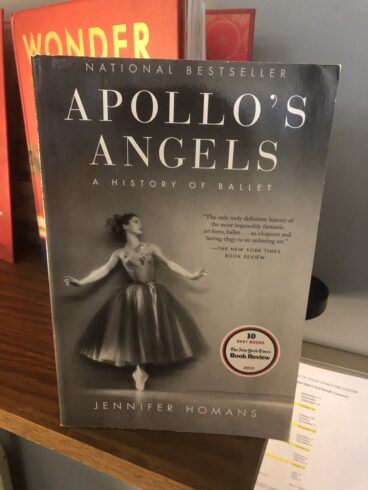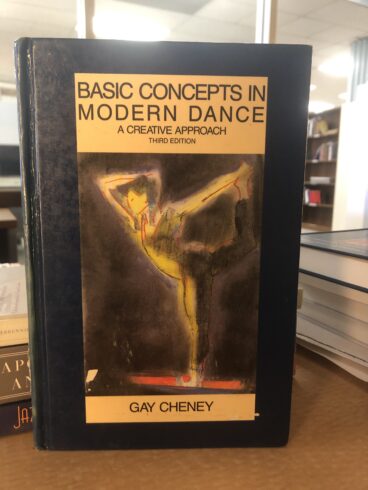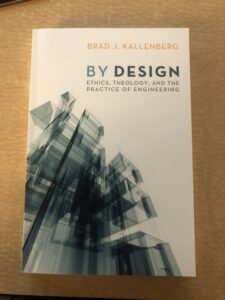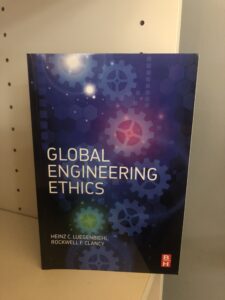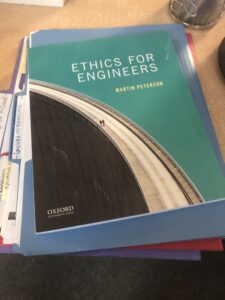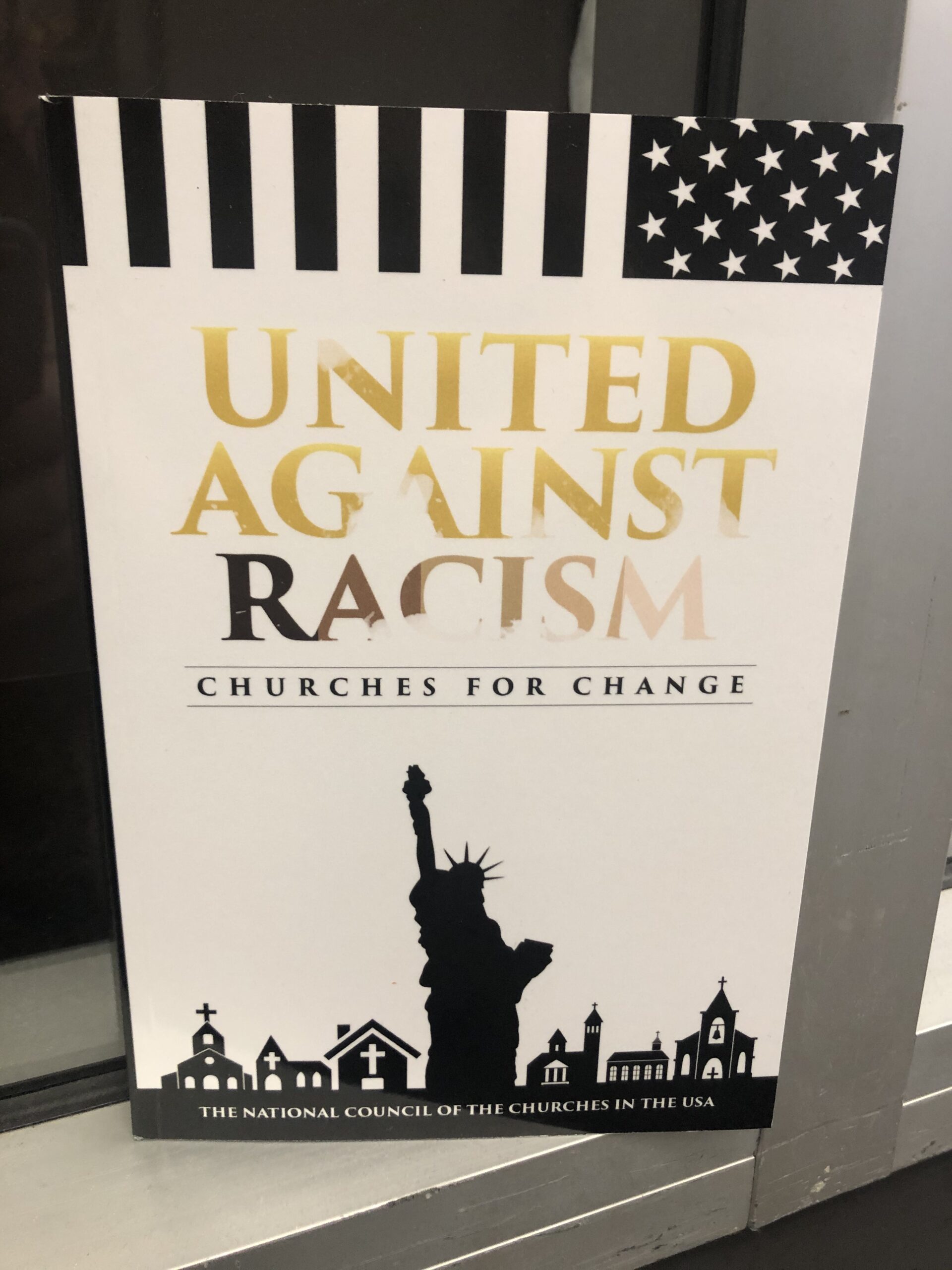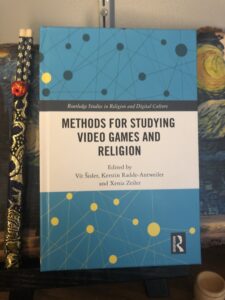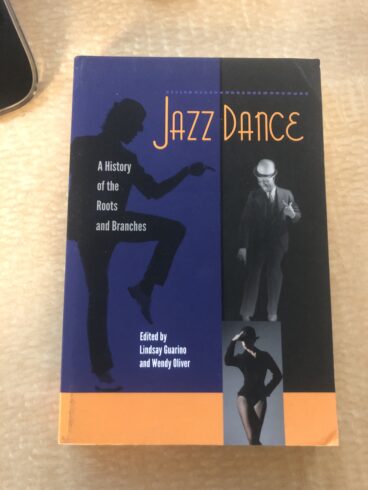
The history of jazz dance is best understood by thinking of it as a tree. The roots of jazz dance are African. Its trunk is vernacular, shaped by European influence, and exemplified by the Charleston and the Lindy Hop. From the vernacular have grown many and varied branches, including tap, Broadway, funk, hip-hop, Afro-Caribbean, Latin, pop, club jazz, popping, B-boying, party dances, and more. Unique in its focus on history rather than technique, Jazz Dance offers the only overview of trends and developments since 1960. Editors Lindsay Guarino and Wendy Oliver have assembled an array of seasoned practitioners and scholars who trace the numerous histories of jazz dance and examine various aspects of the field, including influences, training, race, aesthetics, international appeal, and its relationship to tap, rock, indie, black concert dance, and Latin dance.

